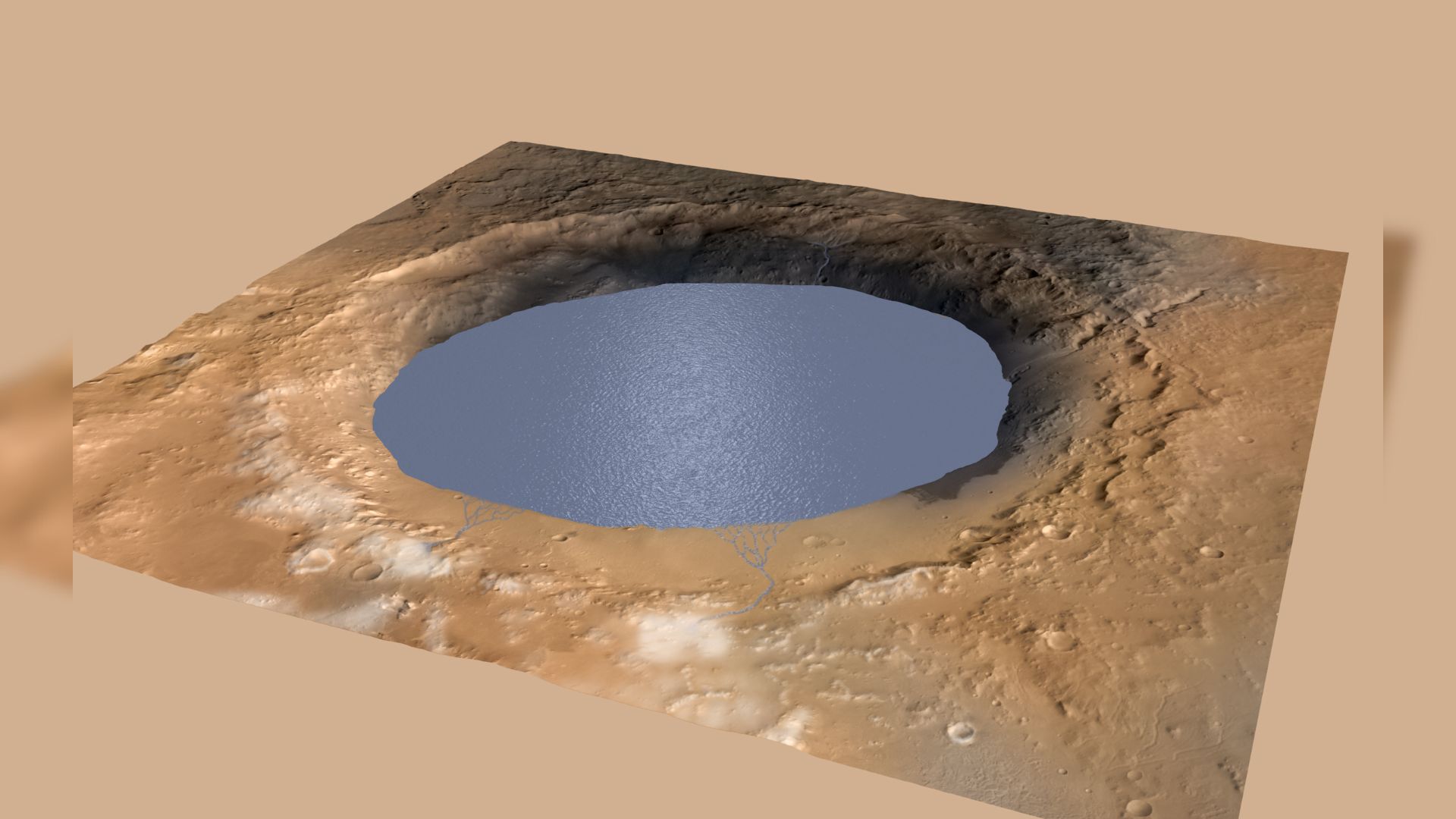Star may have drawn scorching 'hell planet' into super-close orbit
It's so hot that its surface is fully covered by lava oceans.

You thought Venus was hot?
While the planet does have an average surface temperature of nearly 900 degrees Fahrenheit (500 degrees Celsius), there's an exoplanet just 40 light-years away from Earth that has a surface temperature a scorching three times hotter: 3,600 degrees Fahrenheit (2,000 degrees Celsius). Now, new data has led scientists to develop a theory of how this "hell planet" came to be.
With a mass about eight times that of our planet, the rocky exoplanet 55 Cancri e (shortened to 55 Cnc e and formally called Janssen) is considered a super-Earth, but its surface conditions couldn't be more different from those we enjoy. Janssen orbits its star, called 55 Cancri or Copernicus, at a distance of just 1.4 million miles (2.4 million kilometers), making the planet's year just 18 hours long. By comparison, Mercury orbits about 36 million miles (58 million km) away from the sun. That proximity, of course, is what makes 55 Cancri e so hot — hot enough that the surface of the planet is an ocean of lava and its interior may be filled with diamonds.
Related: 7 ways to discover alien planets
Because of Janssen's tight orbit, astronomers have had difficulty studying the planet. But using data from the new Extreme Precision Spectrometer (EXPRES) at the Lowell Observatory's Lowell Discovery Telescope in Arizona, astronomers have for the first time been able to determine the planet's orbital plane, influencing their theory for how the planet formed.
Unlike the other planets in the system, Janssen orbits around Copernicus' equator. Researchers now believe the planet initially formed in a more distant — and thus cooler — location, then was later pulled into its current orbit by Copernicus' gravity.
"We've learned about how this multi-planet system — one of the systems with the most planets that we've found — got into its current state," Lily Zhao, an astrophysicist at the Flatiron Institute in New York and lead author of a new study on the observations, said in a statement.
Breaking space news, the latest updates on rocket launches, skywatching events and more!
The research into Janssen could unveil new discoveries about the formation and movement of planetary systems, which in turn could help scientists determine whether or not life might exist elsewhere in the universe. And that's exactly what the team plans to study next.
"We're hoping to find planetary systems similar to ours and to better understand the systems that we do know about," said Zhao.
A study describing the team's research was published Thursday (Dec. 8) in the journal Nature Astronomy.
Follow Stefanie Waldek on Twitter @StefanieWaldek. Follow us on Twitter @Spacedotcom and on Facebook.

Space.com contributing writer Stefanie Waldek is a self-taught space nerd and aviation geek who is passionate about all things spaceflight and astronomy. With a background in travel and design journalism, as well as a Bachelor of Arts degree from New York University, she specializes in the budding space tourism industry and Earth-based astrotourism. In her free time, you can find her watching rocket launches or looking up at the stars, wondering what is out there. Learn more about her work at www.stefaniewaldek.com.
